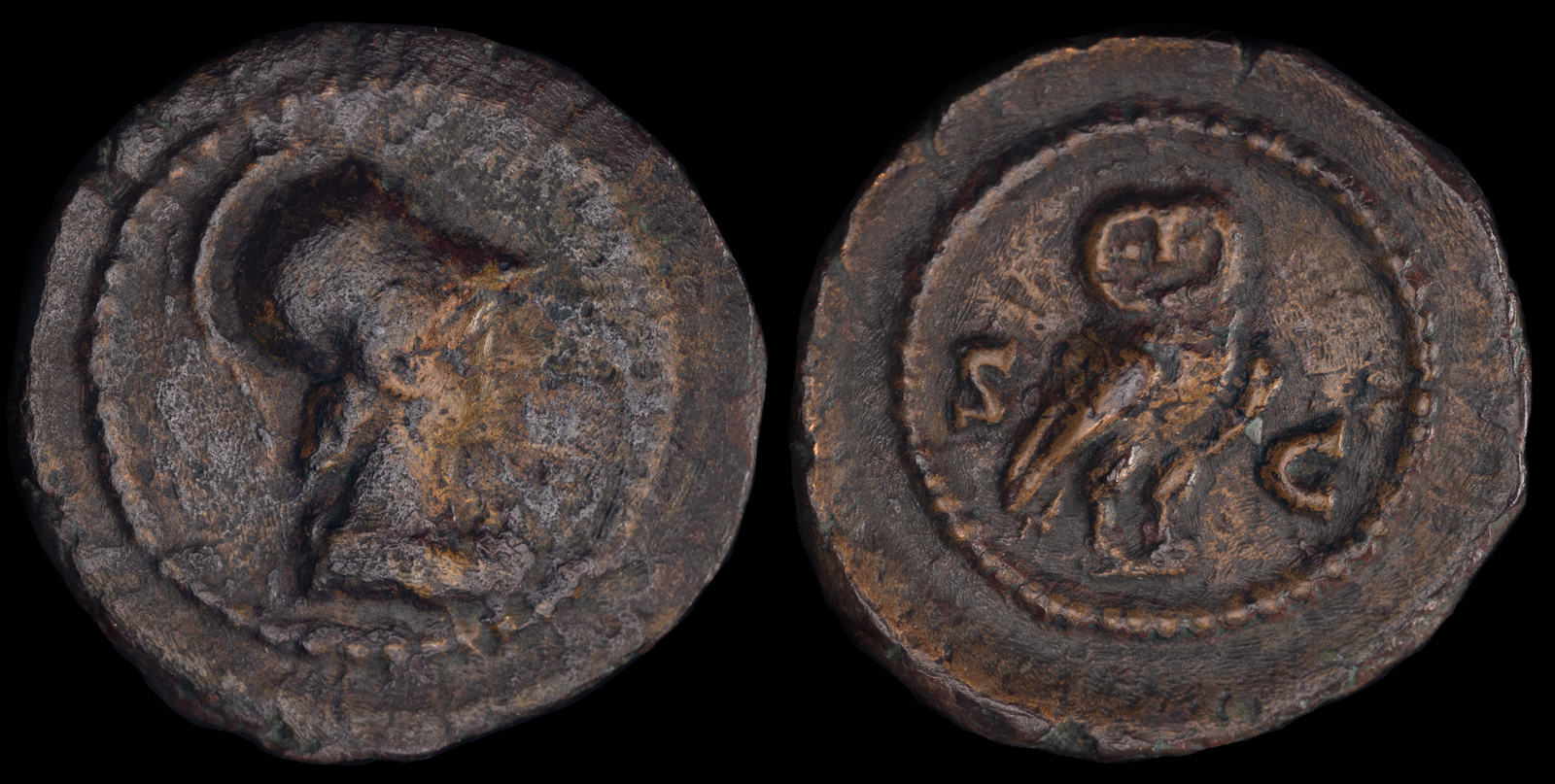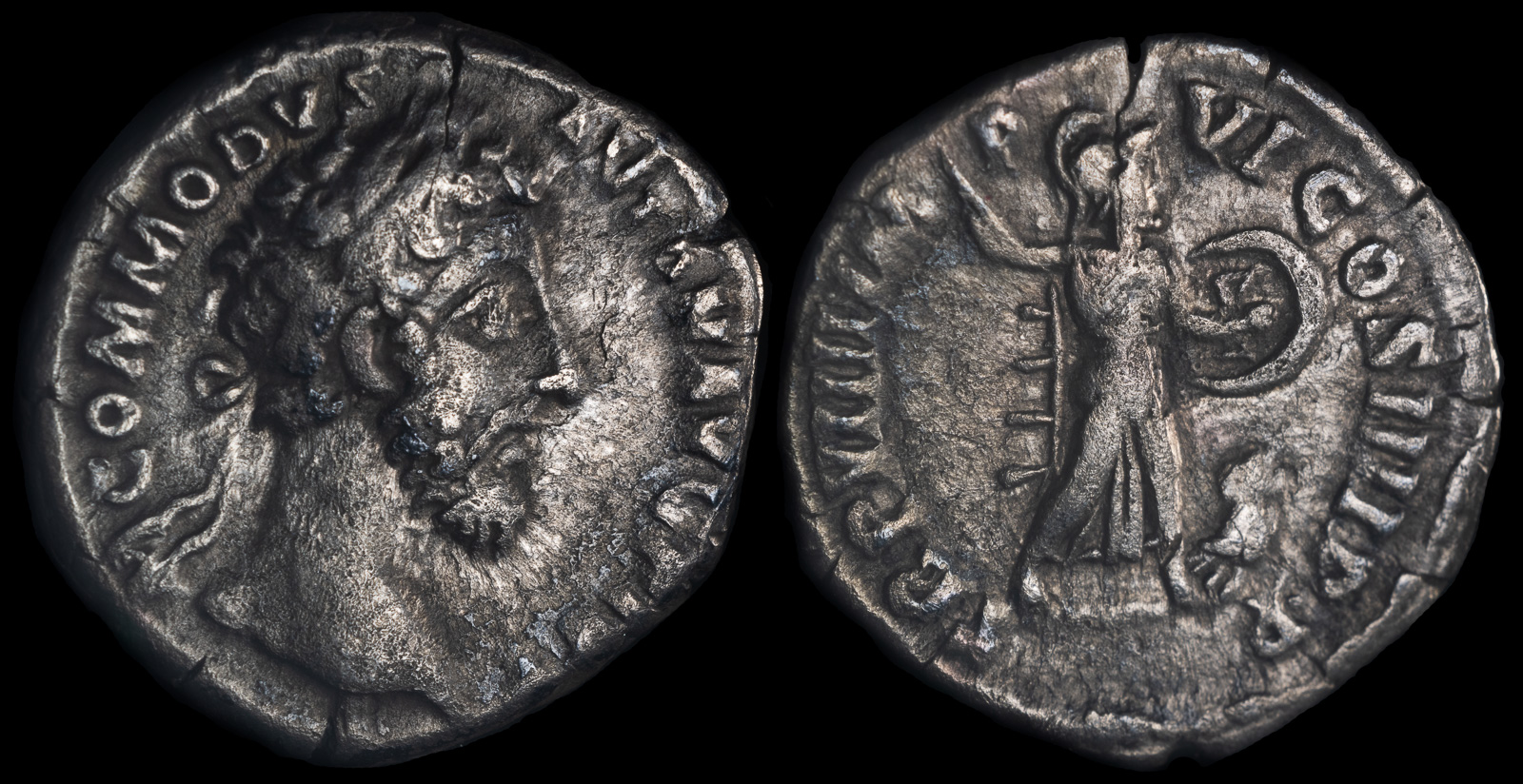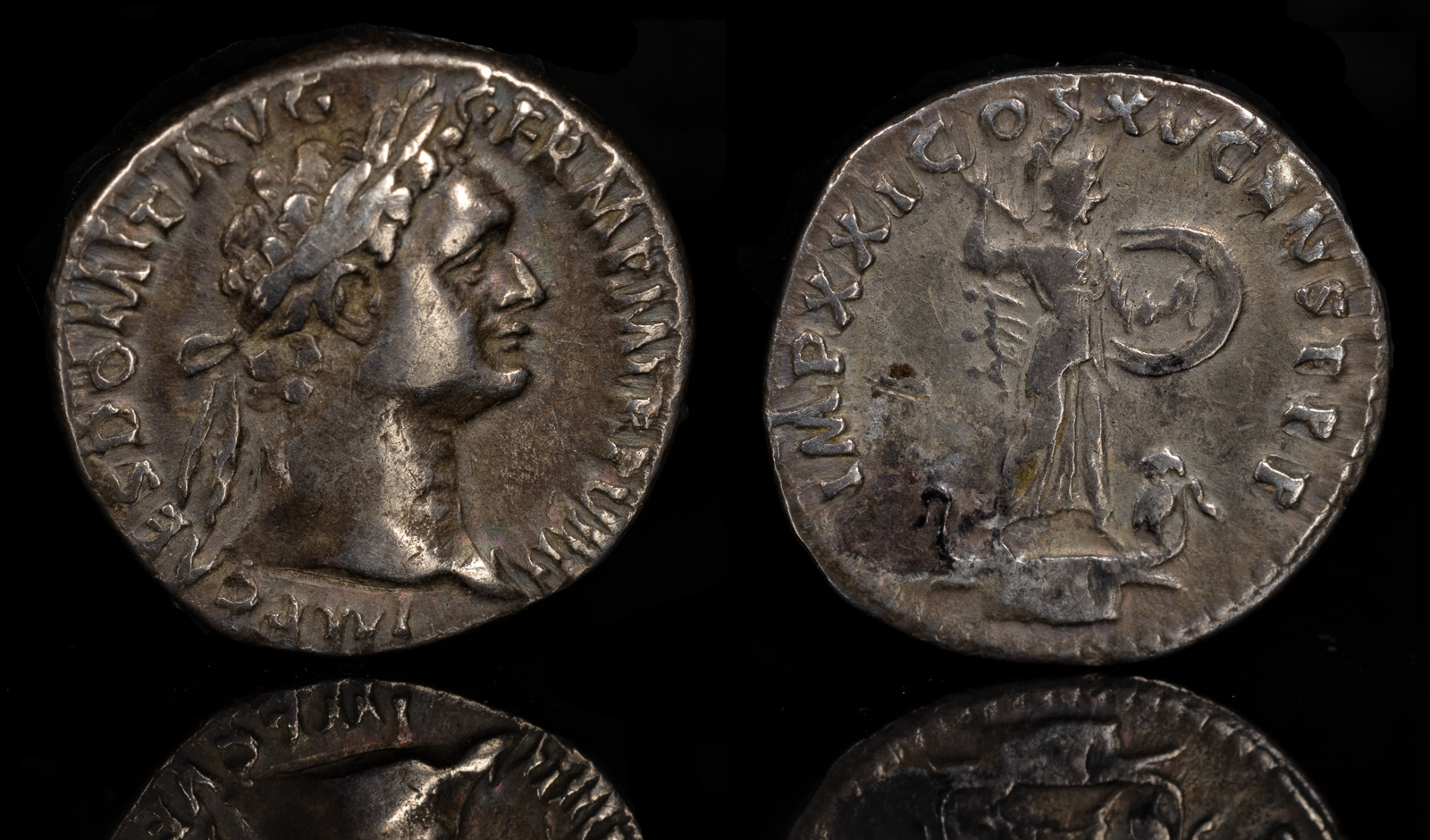Minerva
View All Tags
While Athena’s wisdom is often associated with the protection of cities and communities, Minerva’s focus in Roman culture was more on individual intellect and rational organization. She was revered as a goddess who represented practical wisdom, both in public and private life, and was considered one of the Capitoline Triad, alongside Jupiter and Juno. Minerva, like Athena, was a virgin goddess, symbolizing purity and independence, but her significance as a protector of statecraft and civic virtue was more pronounced in Roman religion and governance.
One of the main differences between Athena and Minerva lies in the ways they are integrated into their respective cultures. Athena, in Greek myth, has a more complex and dynamic persona, representing a broad spectrum of roles from military strategist to protector of the polis (city-state). She embodies the tension between warfare and wisdom, and her presence in mythological tales often emphasizes themes of wisdom in conflict, justice, and balance.
In contrast, Minerva in Roman culture is more directly tied to the values of Roman civic life, practical wisdom, and the organization of society. Her role as a protector of statecraft and her associations with legal systems and education make her a more straightforward symbol of rationality and order within the Roman Empire, aligning with Rome’s focus on organization, law, and the expansion of its empire.

Anonymous Ae Quadrans
Struck ca. 81 – 161 CE : Time of Domitian to Antoninus Pius
AE 17.7mm, 3.0g
Obv: Helmeted and draped bust of Minerva right
Rev: Owl standing right with head facing; S – C to either side
RIC II 7

Commodus
Rome 180-192 CE
AR Denarius 17mm, 2,87g
Obv : M COMMODVS ANTON AVG PIVS. Laureate head right.
Rev : P M TR P VIIII IMP VI COS IIII P P. Minerva advancing right, preparing to hurl spear and holding shield; to right, owl right.
RIC 72

Domitian
AR Denarius 3.30g, 18mm, 6h.
Rome, 90 CE
IMP CAES DOMIT AVG GERM P M TR P VIIII, laureate head to right
IMP XXI COS XV CENS P P P, Minerva standing facing, head to right on rostral column, brandishing spear and shield, owl at her feet
RIC II.2 690; BMCRE 166; RSC 262
Ex Vitangelo Collection